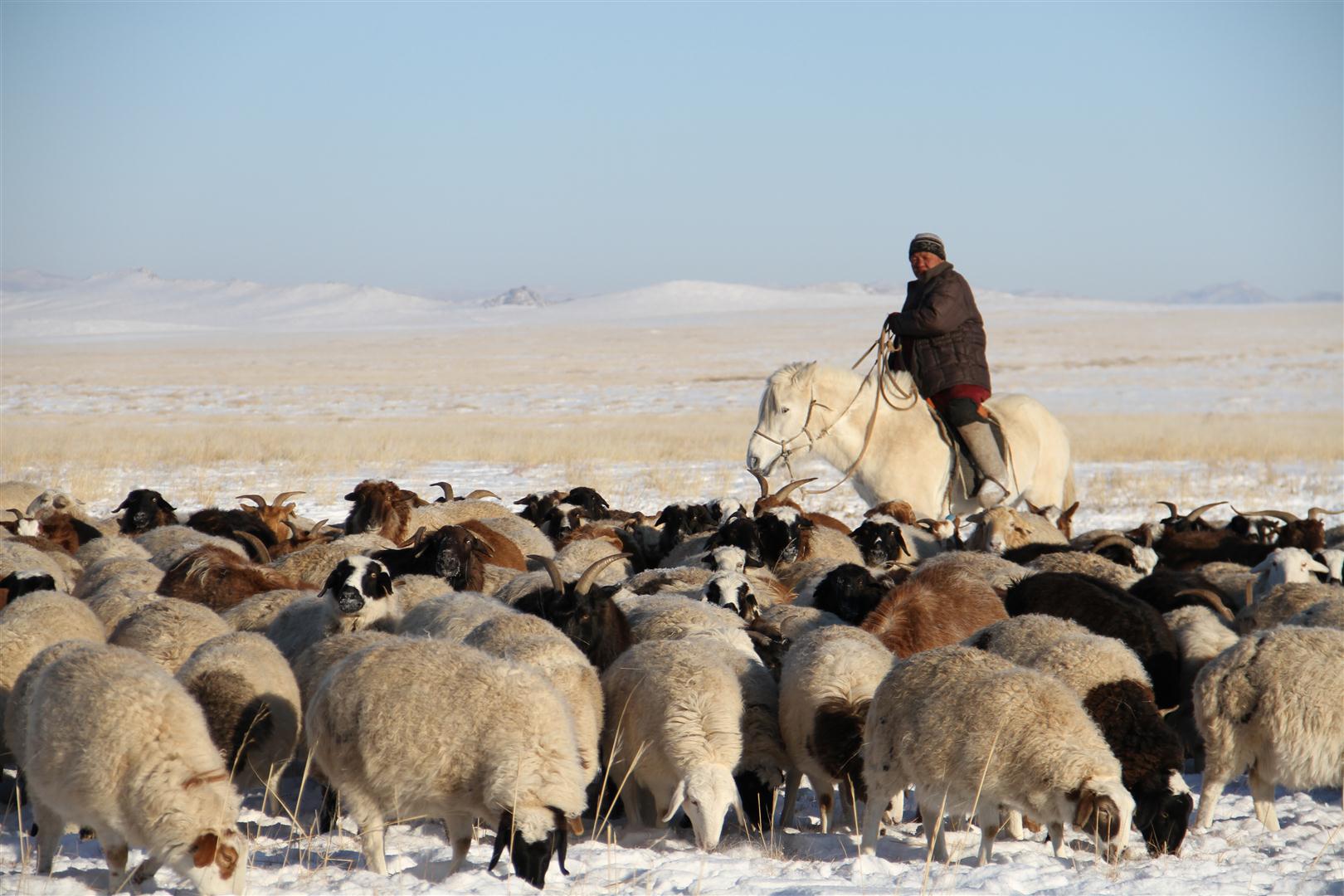The main objective of the Green Gold project in Mongolia is to empower herders to collectively manage grazing resources. Four fifths of the country’s land area are used for grazing land, which is the backbone of Mongolia’s rural economy. However, most of these grazing areas are degraded. Climate change is of course contributing to desertification, but overgrazing is the primary cause.
Since Mongolia’s transition to democracy, which began in 1990, the community has been granted open access to the previously state-owned grazing areas. Livestock numbers in 2015 are at an all-time high, at 56 million head, and 170,000 households depend on herding for their livelihoods. This has led to soil degradation.
Autonomous herders’ associations
The SDC has contributed to establishing pasture user groups (PUGs). The PUGs develop grazing land management plans, which address a number of important issues, including pasture rehabilitation practices such as fencing of pastures, rotational grazing plans and set-aside of land, and disaster risk management. At the beginning of 2015, there were 1,500 PUGs nationwide, involving more than 53,000 herders.
The PUGs have provided evidence that they are able to organise themselves, and to develop and implement effective and viable pasture management plans. By the end of 2014, 113 PUGs had rehabilitated 3.4 million hectares of degraded land. They also fenced off 5,000 hectares of pastureland, thus significantly increasing fodder production.


















